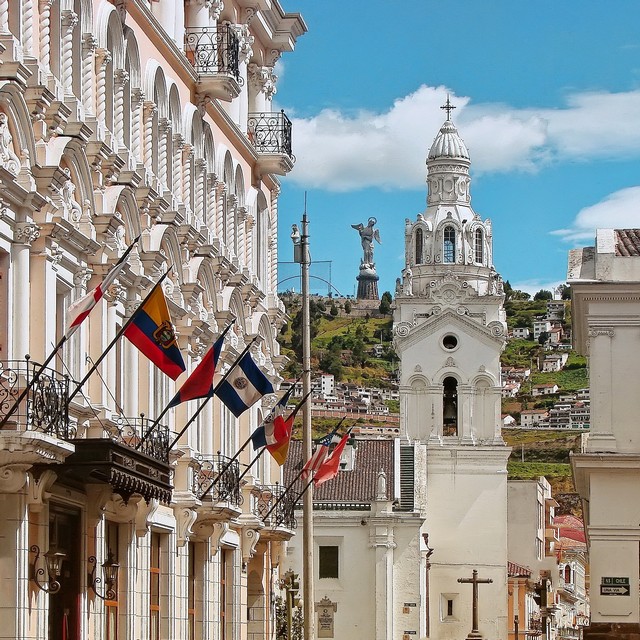
Day 1 : Arrival - Santa Cruz
Fly from Quito or Guayaquil to Baltra Airport in the Galápagos Islands, where you will be met by a Travel The Unknown representative to to begin your exploration of these incredible islands. Our first stop is Black Turtle Cove.
Overnight in S/S Mary Anne, Galápagos Islands
Meal plan: Dinner
Santa Cruz island is situated at the centre of the Galápagos archipelago. Santa Cruz is the second-largest island, after Isabela, and was formed millions of years ago by the eruption of a large volcano. The capital city of the island is Puerto Ayora, which is the most populated urban centre on the island.
Located on the northern shoreline of Santa Cruz, Black Turtle Cove is a hidden, naturally-protected mangrove estuary and haven for vulnerable marine life and birds. With strict regulations in place to preserve its pristine waters and not disturb the wildlife, the cove can only be visited via Zodiac with the engines turned off. The forest comprises three mangrove species - red, white and black - with intertwining roots creating an almost impenetrable natural protection. The cove and surrounding waters' wildlife includes green sea turtles, whitetip reef sharks, various rays and pelicans.







